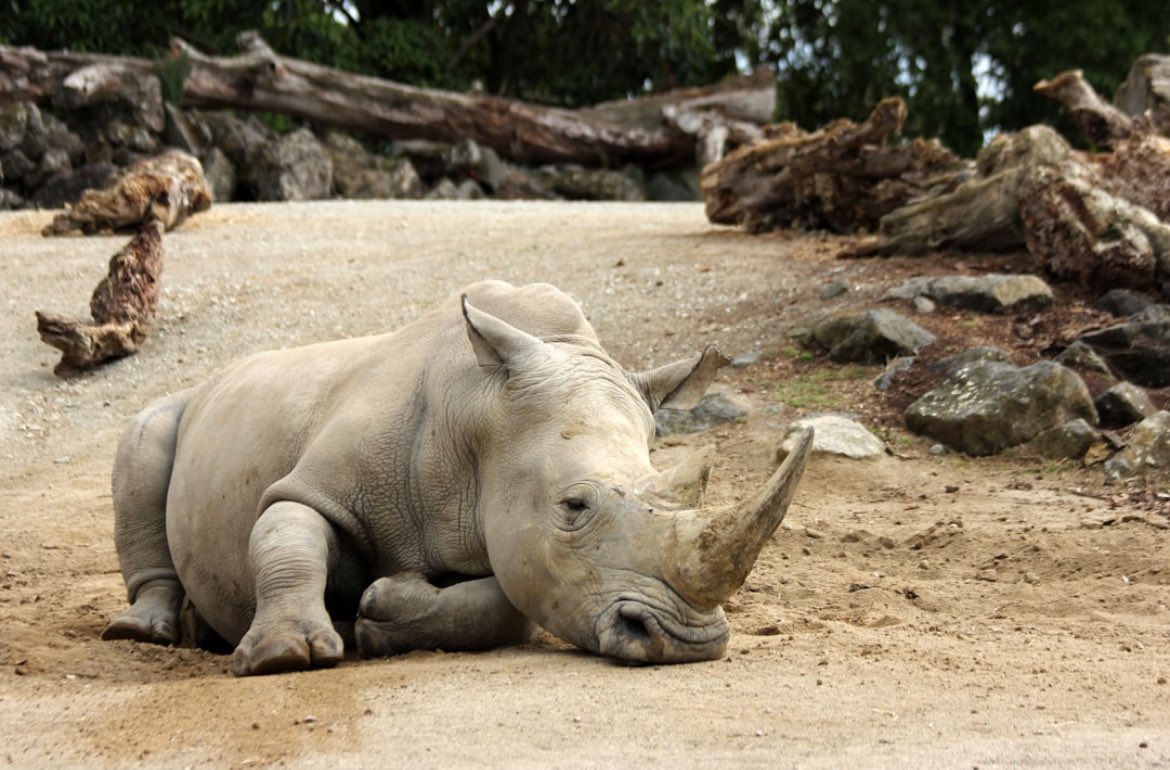
My book”Racing to Extinction” analyzes humanity & its impending extinction through the lens of my 30+ years as an endangered species biologist with DOI.
How to get URL link on X (Twitter) App


 But AI isn’t free. It runs inside the very fossil-powered, supply-chain civilization that’s destroying the biosphere. If that system crashes, the machines lose power, cooling, and hardware — and die with it. 2/
But AI isn’t free. It runs inside the very fossil-powered, supply-chain civilization that’s destroying the biosphere. If that system crashes, the machines lose power, cooling, and hardware — and die with it. 2/ 



 2. Fracking (The Halliburton Loophole)
2. Fracking (The Halliburton Loophole)

 Growing up, my parents enjoyed their annual trips to Reno, Nevada. My dad relished gambling, while my mom loved to shop. At that time, I would estimate the footprint of Reno/Sparks to be around 10 square miles.
Growing up, my parents enjoyed their annual trips to Reno, Nevada. My dad relished gambling, while my mom loved to shop. At that time, I would estimate the footprint of Reno/Sparks to be around 10 square miles.

 John Muir (1838-1914) — Although he lived into the early 20th century, Muir's influence continued to resonate throughout that century. He was a passionate advocate for the preservation of wild places, including forests. 2/12
John Muir (1838-1914) — Although he lived into the early 20th century, Muir's influence continued to resonate throughout that century. He was a passionate advocate for the preservation of wild places, including forests. 2/12 

 are a high-energy food rich in fats, carbohydrates, and protein. This made them a sought-after resource for grizzly bears fattening up in the fall before denning. By 2010, mortality levels of whitebark pine in the GYE had reached 73%, 2/10
are a high-energy food rich in fats, carbohydrates, and protein. This made them a sought-after resource for grizzly bears fattening up in the fall before denning. By 2010, mortality levels of whitebark pine in the GYE had reached 73%, 2/10 

https://twitter.com/tlarson95425/status/1813394902514037048
 Roundup affects bacteria that have the same metabolic pathways as plants, including our symbiotic gut. Roundup doesn’t directly kill insects. It kills them indirectly over longer time periods by destroying symbiotic bacterial relationships—compromising their immunity. 2/6
Roundup affects bacteria that have the same metabolic pathways as plants, including our symbiotic gut. Roundup doesn’t directly kill insects. It kills them indirectly over longer time periods by destroying symbiotic bacterial relationships—compromising their immunity. 2/6